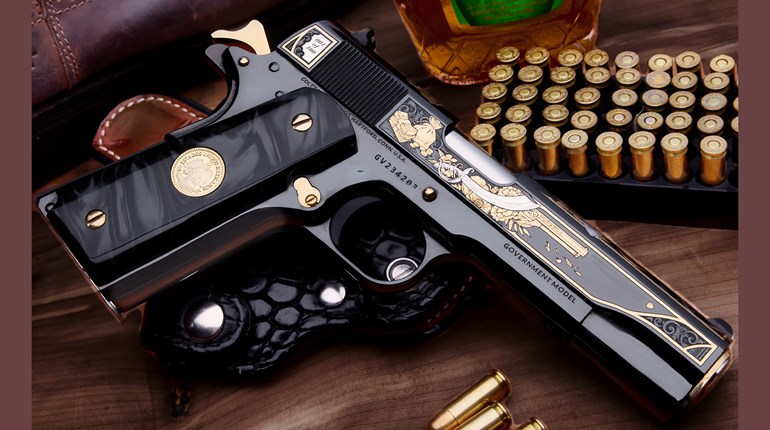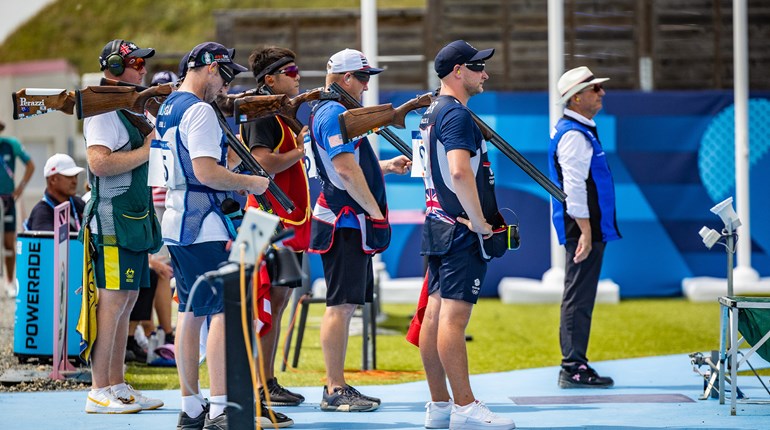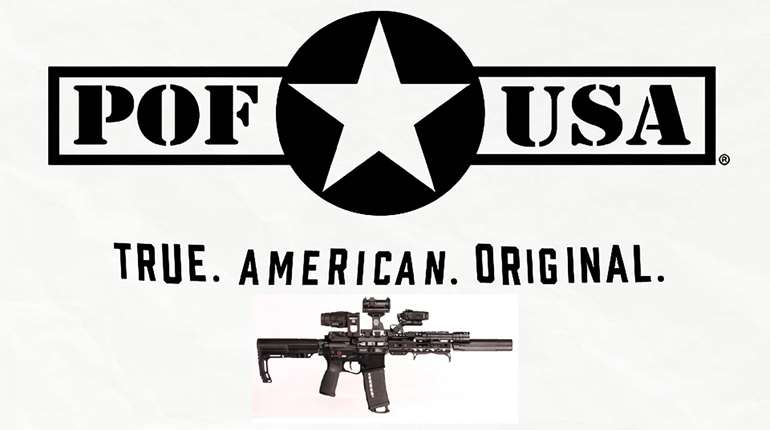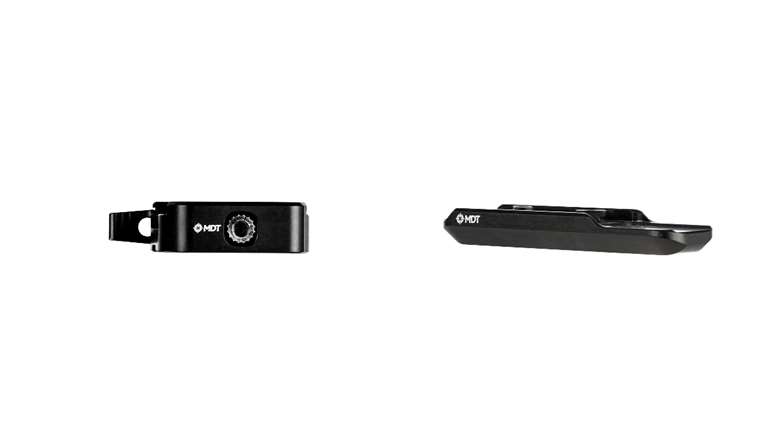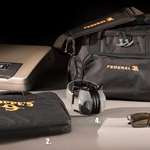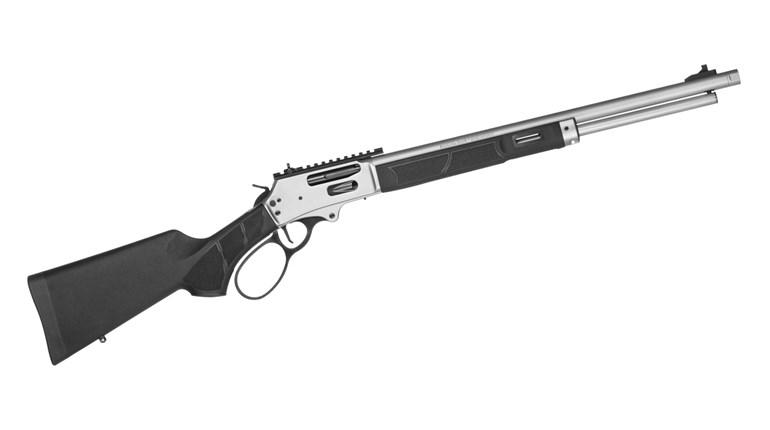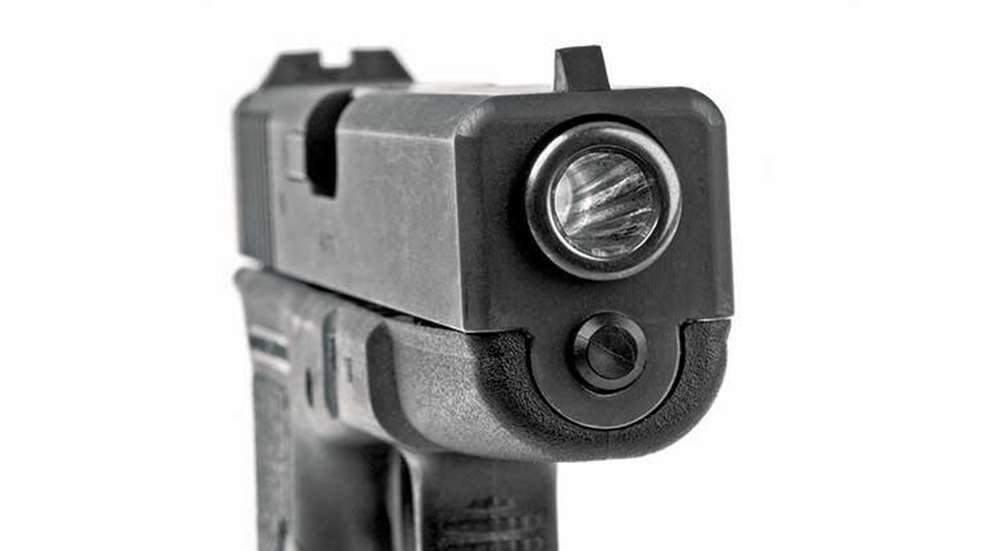
Jeeps aren't stylish. There are no sensuous curves, no flashy paint jobs and no Moroccan leather. But since they were first used in World War II, Jeeps—and other similar vehicles that have succeeded them—have just plain got it done. It may not have been a particularly enjoyable trip, but the old Jeep keeps getting it done. There is an interesting parallel in the way Americans feel about their vehicles and their guns, or at least the way they once did. As long as it works, appearance is really not important, and this explains the popularity of the Glock G17 pistol.
When first it appeared on the American handgun scene in the mid-'80s, the Glock G17 pistol was a great curiosity for one huge reason—it was made of plastic. Actually, only the receiver was made from an advanced polymer (OK...plastic) material—the slide and barrel were steel. It was not really the first gun to use polymer either, as Heckler & Koch had done something similar several years earlier with its VP70 Z. In my view, Glock's greater innovation was the simplified DAO (they call it "Safe Action") trigger system. Despite the novel aspect of the gun—and novelty is exactly what it was in 1985—the inherent merit of the system, combined with aggressive marketing, caused an explosion in popularity. Within a few years, the Glock G17 pistol was everywhere, particularly in the holsters of major police agencies nationwide. And there was a curious additional side effect.
The Glock style has become the most copied handgun design in history. Using a composite receiver rather than metal, a double-column/higher-capacity magazine and some form of double-action-only trigger, the Glock system has grown to many different calibers beyond the original 9 mm. The guns come in several sizes and with a goodly array of special features. With almost no exceptions, all handgun makers of consequence offer some pistol like this, and many offer nothing else. Some cling to the use of a pivoting hammer, metal magazines or different ergonomics, but the modern service semi-automatic pistol comes with the major features pioneered by Gaston Glock in the early 1980s. The history of this era has yet to be written, but it is astounding that the basic concept came from a designer with no prior experience in guns. He was a manufacturer looking for a product. When his government put out a request for bid for a service pistol, Glock knocked out the G17 pistol. And the rest (pause for dramatic effect) is history.
This marked a highly significant turn of events. I doubt if Glock had much, if any, concern about the appearance of the gun, which is non-traditional in the extreme. It has a squared, blocky slide and none of the graceful planes and angles of the Browning Hi Power or Colt M1911A1. The butt is thick and wider at the bottom than it should be, nothing like a Smith & Wesson Model 39. To the eye of a tradition-minded purist (like me), the Glock G17 pistol is far from attractive. The point should be pretty obvious—it doesn't matter what I might think about the appearance of this gun. What matters is that it works with good reliability and gets the job done. And it not only set the operational style for the future, its least attractive feature—that flat-topped, 2x2-style slide—is often copied.
For those who steadfastly maintain that a gun has to have a certain appearance in order to be effective, I offer this little tidbit of Glocklore. When one of my buddies specified Glock G17 pistols (and only Glocks) for his police department, he was met with a storm of disapproval. The troops were convinced "a damned rubber gun" would just not work for serious police work. My friend set about demonstrating the gun was sound. He dropped one from a helicopter onto concrete and watched it bounce. He froze one in ice and immersed one in mud, then drove his old red Dodge pickup over another one. They all worked after their ordeals. But, his final trick was the best. He took 10 Glock G17 pistols and detailed-stripped all 10 down to the last doohickey and thingamajig. Then he dropped all 10 piles of parts into a bucket and stirred up the pot. It took him just a few minutes to assemble 10 G17s from the menagerie of parts. Folklore holds there was one unusual pin left over, but my friend discarded it instantly. He recognized it as a 1911 hammer pin that some smart aleck had slipped into the parts bucket. All 10 pistols fired and worked perfectly, and as far as I know, are still in service with his department. All are just as ugly as when they started, but they still work.
Somebody out there is seeing something that escapes me. Could it be that the buying public just simply does not give a damn how the Glock G17 pistol looks? Is it possible a 9 mm pistol that is reasonably priced and works under pressure has come to prominence because it is different? Something of this sort must have happened, because those Glock 17 handguns are here to stay and they are—I assure you—fightin' iron.













